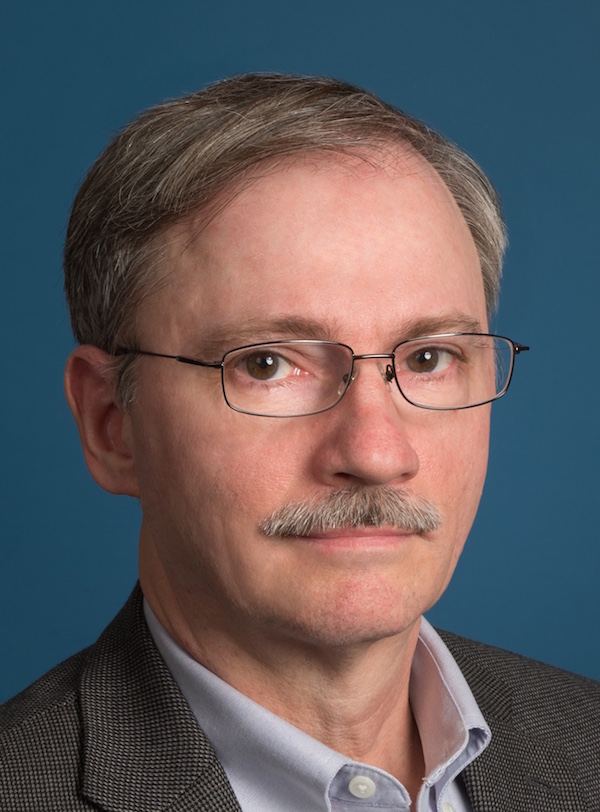|
Richard Kelley Goddard Space Flight Center 2016 John C. Lindsay Memorial Award Winner |
 |
"The Perseus Cluster of Galaxies
and the Future of High-Resolution Imaging X-Ray
Spectroscopy"
THE JOHN C. LINDSAY MEMORIAL LECTURE
|
Richard Kelley Goddard Space Flight Center 2016 John C. Lindsay Memorial Award Winner |
 |
"The Perseus Cluster of Galaxies
and the Future of High-Resolution Imaging X-Ray
Spectroscopy"
More than 30 years ago, Goddard’s X-ray astrophysicists sought a way to improve the energy resolution of non-dispersive X-ray spectrometers for the AXAF observatory (now Chandra). What emerged was something entirely different – the thermal detection of individual X-rays and measuring their energies with extreme precision. Over the subsequent decades, the technology was developed and refined, and eventually incorporated into space-flight instruments. The X-ray microcalorimeter was used starting in the 1990’s to measure the spectrum of the diffuse X-ray background on a suborbital payload, has been in use for crucial laboratory plasma measurements, and was finally deployed in 2016 to measure the X-ray spectrum of the Perseus cluster of galaxies on the Astro-H (Hitomi) observatory. What was found was surprising and beautifully illustrated the power of imaging spectroscopy with X-ray microcalorimeters. The extremely hot (50 million K) intracluster gas created by the cluster formation process, and stirred up by the action of the active galaxy at the center of the cluster, is nonetheless very calm, with velocity broadening of only 160 km/sec. This implies that turbulence in the intracluster medium is difficult to generate or easy to damp. If true throughout the cluster, this is encouraging for total mass measurements, which depend on knowledge of all forms of pressure support, and for cluster cosmology, which depends on accurate masses. The story of how we got here will be discussed as well as what the future likely holds for this technology.
About the Speaker
Richard Kelley received his Bachelor of Arts degree from Rutgers University in 1977 and Ph.D. in physics from M.I.T. in 1982. He began his career in X-ray astronomy while in graduate school using the SAS-3 satellite. This work led to measuring the properties of binary X-ray pulsars, including discovering three new X-ray pulsars, and the determination of the mass of a neutron star in the Large Magellanic Cloud. He subsequently contributed to or participated in almost every X-ray observatory since coming to Goddard in 1983 as an NRC Research Associate. A year after arriving at Goddard he began working with Harvey Moseley on the development of X-ray microcalorimeters, a year after the pioneering work was underway. Since that time he has contributed to the steady improvement in energy resolution from ~140 eV to 1 eV and the development of these devices into state-of-the-art arrays. This sensor technology has been used on a sounding rocket payload in collaboration with the University of Wisconsin to measure the spectrum of the low energy X-ray background and most recently on the Astro-H (Hitomi) satellite with the measurement of the velocity structure of the Perseus cluster of galaxies. The Goddard X-ray calorimeter group is an acknowledged world leader in this technology and is enabling new international missions. Richard is leading the collaboration between NASA and CNES in France for the X-ray Integral Field Unit instrument for ESA’s ATHENA Observatory, planned for the late 2020’s. This instrument will feature a nearly 4k-pixel array provided by Goddard with better than 2.5 eV energy resolution. He has received NASA medals for Outstanding Leadership and Exceptional Scientific Achievement, served as a member of the National Research Council Astro 2010 Decadal Survey Study Group on international partnerships, and was recently elected Fellow of the American Physical Society.